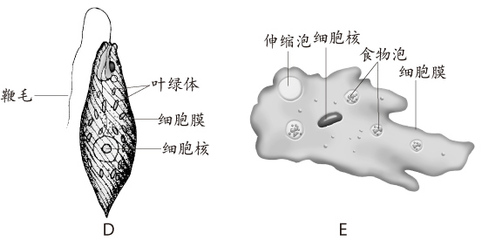1、方法executeQuery
用于产生单个结果集的语句,例如 SELECT 语句。 被使用最多的执行 SQL 语句的方法是executeQuery。这个方法被用来执行 SELECT 语句,它几乎是使用最多的 SQL 语句。
2、方法executeUpdate
用于执行 INSERT、UPDATE 或 DELETE 语句以及 SQL DDL(数据定义语言)语句,例如 CREATE TABLE和 DROP TABLE。INSERT、UPDATE 或 DELETE语句的效果是修改表中零行或多行中的一列或多列。executeUpdate 的返回值是一个整数,指示受影响的行数(即更新计数)。对于CREATE TABLE 或 DROP TABLE 等不操作行的语句,executeUpdate的返回值总为零。
使用executeUpdate方法是因为在 createTableCoffees 中的 SQL 语句是 DDL(数据定义语言)语句。创建表,改变表,删除表都是 DDL 语句的例子,要用 executeUpdate方法来执行。你也可以从它的名字里看出,方法 executeUpdate 也被用于执行更新表 SQL语句。实际上,相对于创建表来说,executeUpdate用于更新表的时间更多,因为表只需要创建一次,但经常被更新。
3、方法execute:
用于执行返回多个结果集、多个更新计数或二者组合的语句。也可用于执行 INSERT、UPDATE 或 DELE TE语句。
用法举例:
1、增加、修改、删除都用execute(),也可用executeUpdate(),针对于INSERT、UPDATE或 DELETE 语句
public int addAirEnvironmentPresent(M_AirEnviromentPresentDTOairDTO){
intindex = 1;
Stringsql = "insert intoairPresent(airForecastPlace,ForecastTime,TSPvalue,remark)values(?,?,?,?)";
try{
ps= conn.prepareStatement(sql);
ps.setString(index++,airDTO.getAirForecastPlace());
ps.setString(index++,airDTO.getForecastTime());
ps.setString(index++,airDTO.getTSPvalue());
ps.setString(index++,airDTO.getRemark());
ps.execute();
}catch (SQLException e) {
e.printStackTrace();
}
return1;
}
2、查询调用executeQuery(),针对于SELECT语句
publicArrayList getAirEnvironmentPresentAll(){
ArrayListlist = new ArrayList();
Stringsql = "select * from airPresent";
try{
ps= conn.prepareStatement(sql);
rs= ps.executeQuery();
while(rs.next()){
dto= new M_AirEnviromentPresentDTO();
dto.setId(rs.getInt("id"));
dto.setAirForecastPlace(rs.getString("airForecastPlace"));
dto.setForecastTime(rs.getString("forecastTime"));
dto.setTSPvalue(rs.getString("tspvalue"));
dto.setRemark(rs.getString("remark"));
list.add(dto);
}
}catch (SQLException e) {
e.printStackTrace();
}
returnlist;
}
出处:http://hi.baidu.com/speed_guo/blog/item/e50e2fdb8dd095046327981e.html
 爱华网
爱华网



